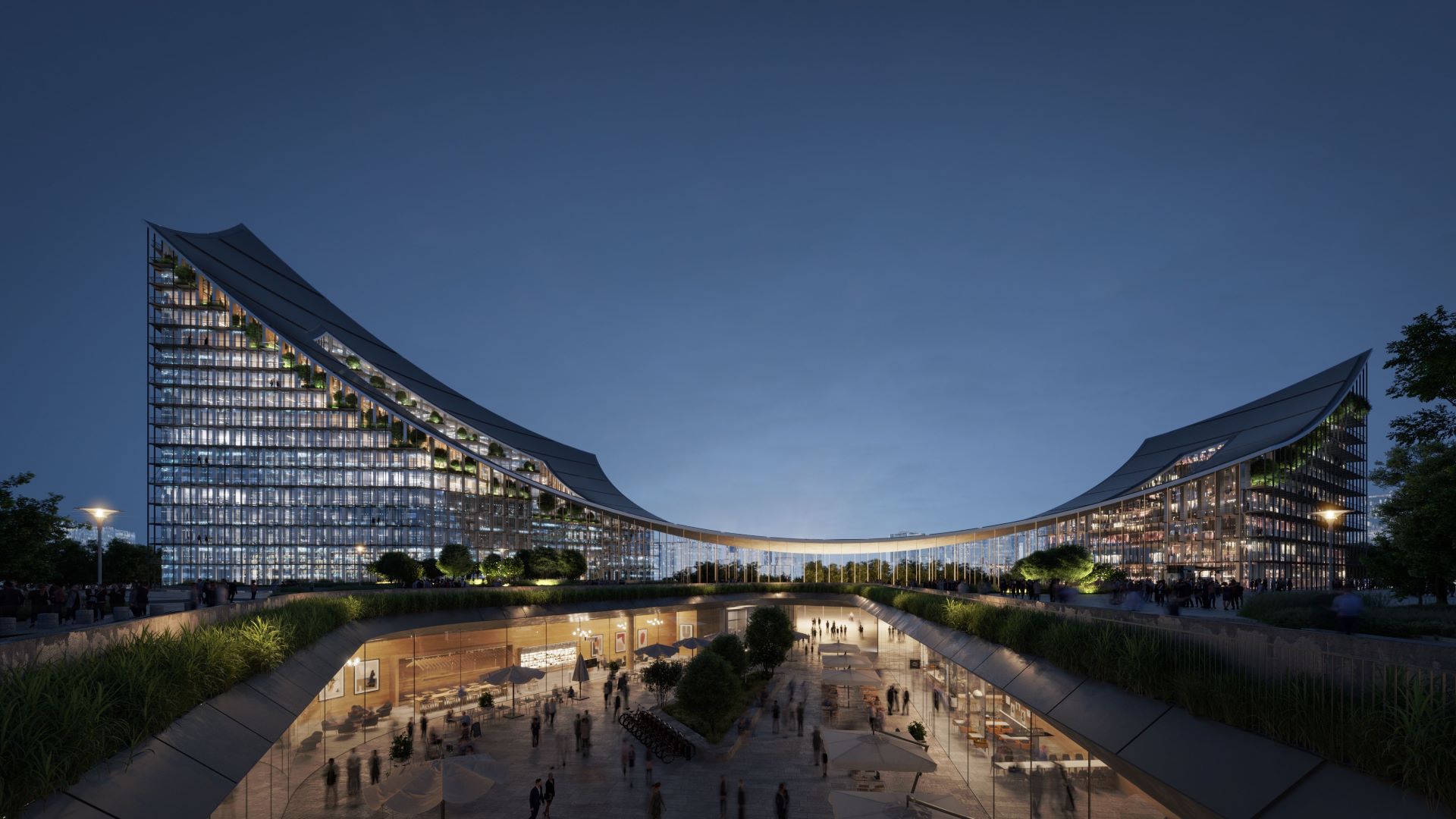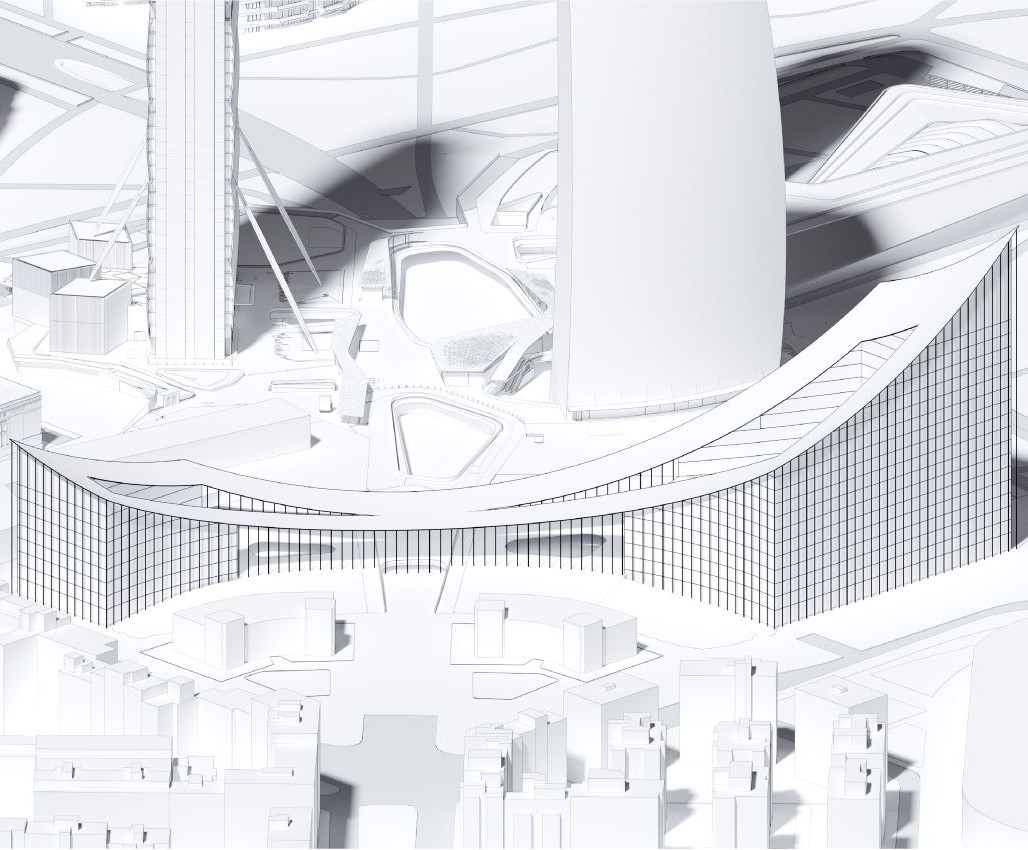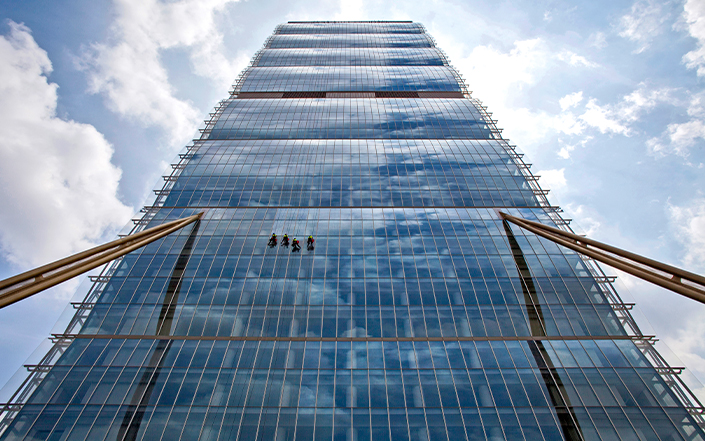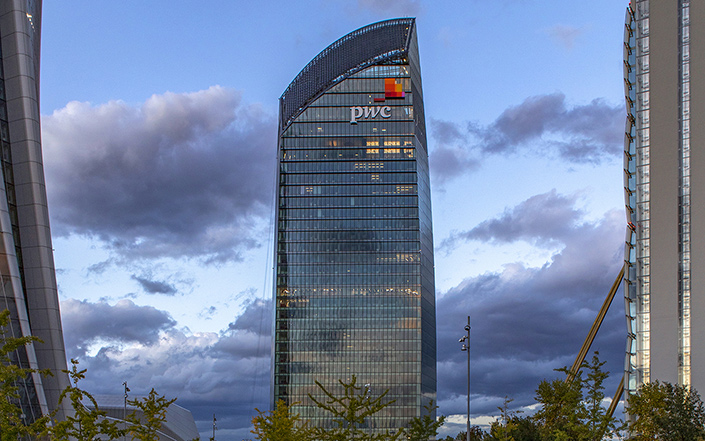Bjarke Ingels Group - BIG, founded by Bjarke Ingels in 2005, is one of the most cutting-edge studios in the definition of urban and horizons scenarios.
Involved in multiple projects all over the world, the works of the BIG are united by a visionary gaze and the search for innovative theories on contemporary society and its ways of living.
In its two offices in Copenhagen and New York, professionals from all over the world work together with the aim of promoting cultural exchange as a source of design richness.
The skills of the group range from architecture to design, from concept development to engineering.
The studio is committed in exploring new areas adjacent to architecture, to stimulate research and build different perspectives on the cities we will experience in the coming years. Digital representation technologies are not the purpose but a means to represent such perspectives.
Society, economy, and ecology are the themes that Bjarke Ingels and his team care most about and which are addressed in each of their projects.
Bjarke Ingels began his career working at Rem Koolhaas' OMA practice, later in 2001 he co-founded the PLOT (together with Julien De Smedt).
From an academic point of view, he has been a visiting professor at Rice University's School of Architecture and at Columbia University's Graduate School of Architecture, Planning and Preservation and a visiting professor at Harvard University.
In 2004 he received the Golden Lion at the Venice Bienniale for the Stavanger Concert House and the following year he was awarded the Forum AID Award for the VM houses.
The Mountain residential development, which brought Bjarke Ingels world fame, has received numerous awards, including the World Architecture Festival Housing Award, the Forum Aid Award and the MIPIM Residential Development Award.





















